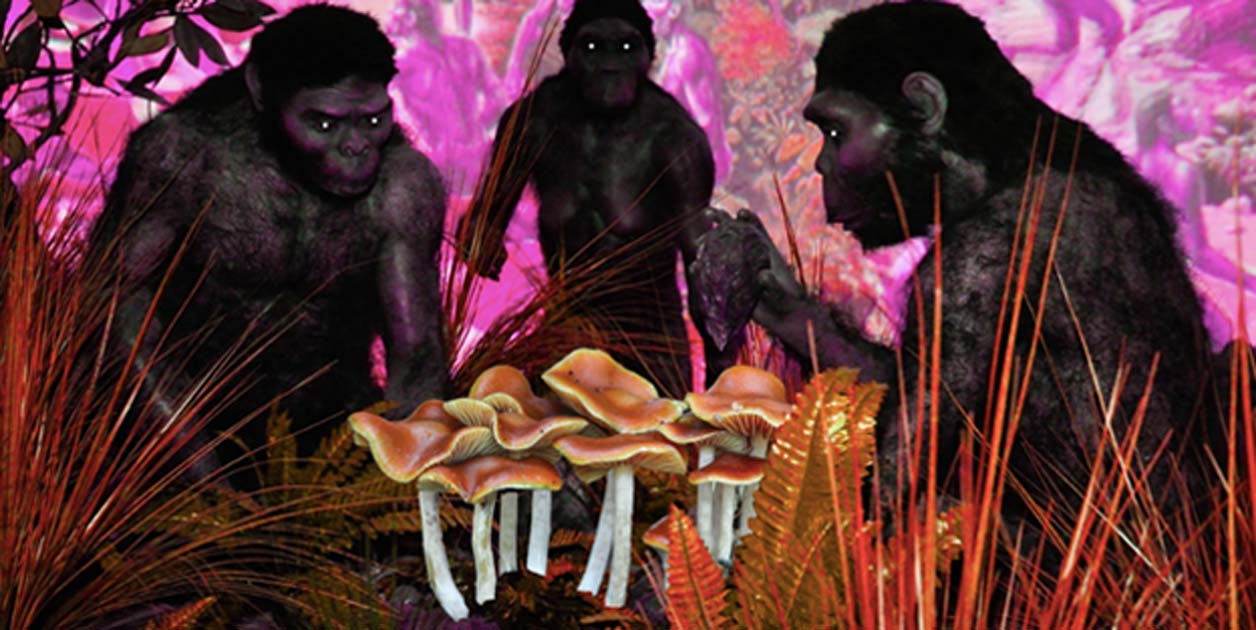The origins of behavioral modernity and what exactly makes us human are topics which have fascinated people for hundreds of years. There is a plethora of theories as to which archaic human ancestor first displayed traits that set them aside from other apes, and the reasons that this behavior may have evolved.
One question that people have tried to find an explanation for is how humans evolved from our Homo erectus forebears, doubling our brain size within a span of about 200,000 years – which in evolutionary terms is the blink of an eye.
Terence McKenna – a renowned mystic and psychonaut – broke the traditional mold when he presented his theory of how humans advanced so quickly in such a short space of time. The theory, which is known as the ‘stoned ape’ theory looks at the question from outside the box. But is it really as ridiculous as some people believe, or is it possible McKenna was on to something?
The Stoned Ape Theory presented by McKenna proposes that the evolutionary leap between Homo erectus and Homo sapiens was a result of a surprising addition to the human diet.
It sounds outlandish at first – how could eating mushrooms possibly make such a huge difference that Homo erectus doubled its brain size? McKenna based the theory on research conducted in the 1960s by Roland Fischer, a scientist who conducted a lot of research on the effects of psychedelic drugs.
He believed that Homo erectus were forced to turn to new food sources, including magic mushrooms, as the climate in Africa changed. The effects of the mushrooms meant that the thought processes of Homo erectus rapidly reorganized.
more at ancient-origins.net
Ask me anything
Explore related questions





